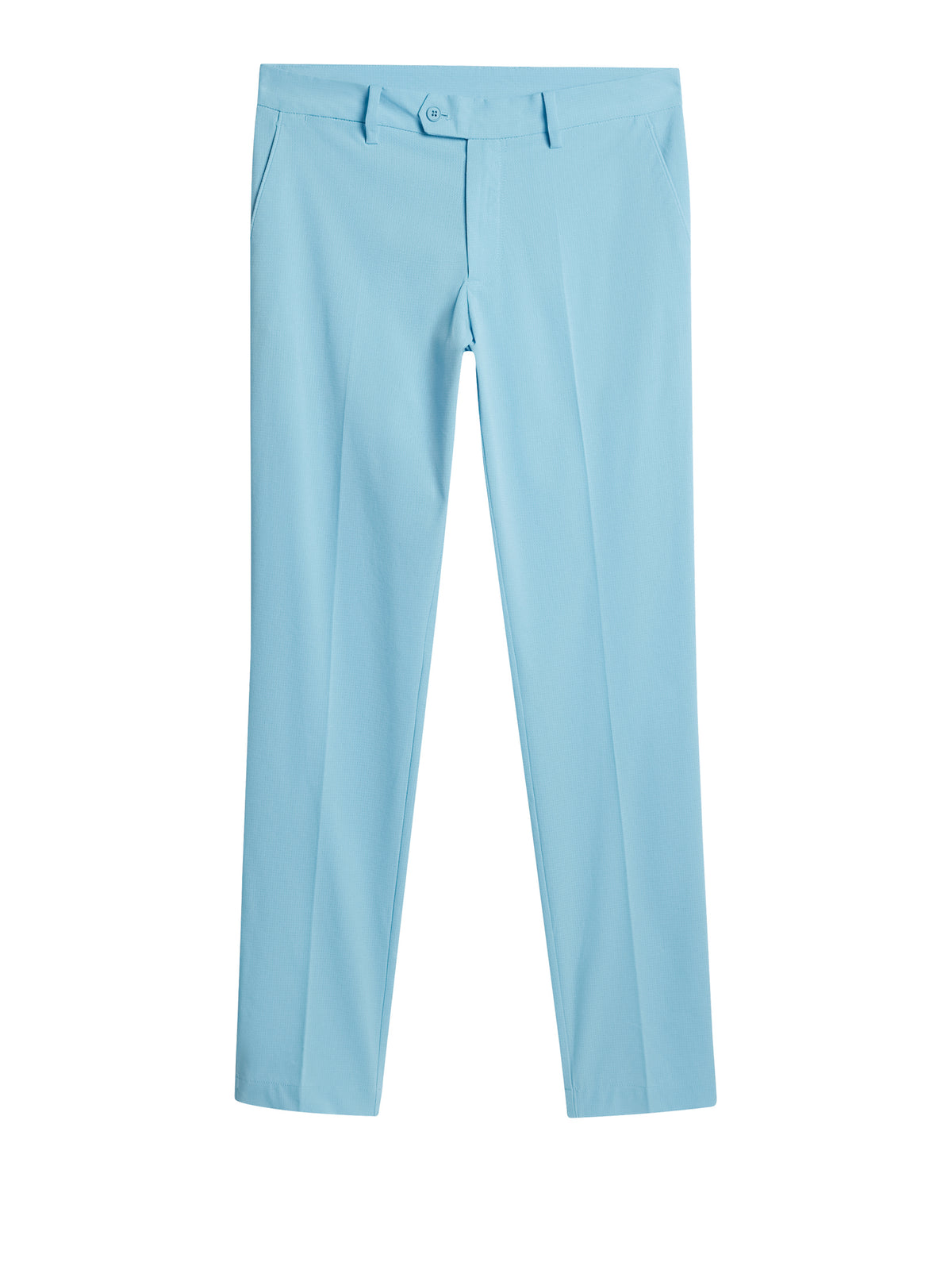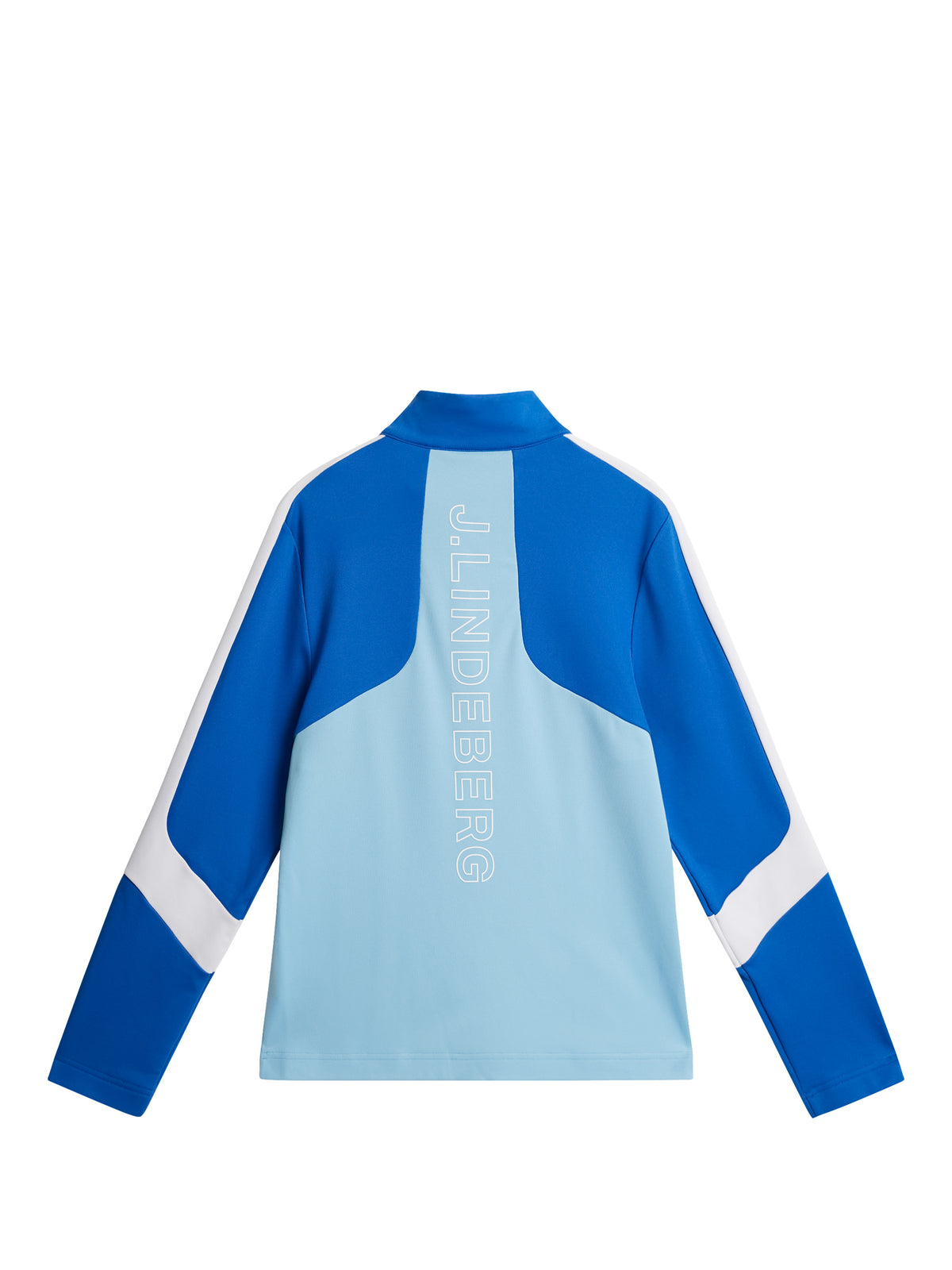What is "Baltic Sea: A Comprehensive Guide To The Northern Sea"? This guide is a must-have for anyone interested in learning more about the Baltic Sea, one of the world's most important and fascinating bodies of water.

Vent Pant / Baltic Sea – J.Lindeberg - Source www.jlindeberg.com
Editor's Note: "Baltic Sea: A Comprehensive Guide To The Northern Sea" has been published today, DATE. The Baltic Sea is a critical resource for the countries that border it, providing food, transportation, and recreation. It is also home to a unique ecosystem that is under threat from pollution and climate change. This guide provides a comprehensive overview of the Baltic Sea, its history, its ecology, and its current challenges.
Through extensive research and analysis, we have compiled this guide to the Baltic Sea to assist you in gaining a thorough understanding of this crucial body of water.
Key Takeaways:
| Feature | Baltic Sea: A Comprehensive Guide To The Northern Sea |
|---|---|
| Coverage | In-depth exploration of the Baltic Sea's geography, history, ecology, and current challenges |
| Target Audience | Anyone interested in the Baltic Sea, including researchers, policymakers, and the general public |
| Benefits | Provides a comprehensive understanding of the Baltic Sea and its importance |
Main Article Topics:
FAQ
The Baltic Sea is a unique and important sea with a rich history and ecology. To help you learn more about this fascinating body of water, we have compiled a list of frequently asked questions and their answers.

Professional Hair and Make up Artist in Berlin. Make up und Hairstyling - Source www.nicolakurdziel.com
Question 1: What is the Baltic Sea?
The Baltic Sea is a marginal sea connected to the North Sea by the Danish Straits. It is surrounded by the Scandinavian Peninsula, mainland Europe, and the islands of Denmark, Estonia, Finland, Germany, Latvia, Lithuania, Poland, Russia, and Sweden.
Question 2: How big is the Baltic Sea?
The Baltic Sea has a surface area of approximately 415,000 square kilometers (160,000 square miles) and a volume of approximately 21,000 cubic kilometers (5,000 cubic miles).
Question 3: What is the salinity of the Baltic Sea?
The salinity of the Baltic Sea varies greatly depending on location. In the northern part of the sea, salinity is typically around 5 parts per thousand (ppt), while in the southern part, it can reach up to 20 ppt.
Question 4: What is the climate of the Baltic Sea?
The climate of the Baltic Sea is temperate, with warm summers and cold winters. The average temperature in the summer is around 18 degrees Celsius (64 degrees Fahrenheit), while in the winter, it is around 0 degrees Celsius (32 degrees Fahrenheit).
Question 5: What is the ecology of the Baltic Sea?
The Baltic Sea is home to a diverse range of plant and animal life. The most common fish species include cod, herring, and salmon. The sea is also home to a variety of marine mammals, such as seals and porpoises.
Question 6: What are the threats to the Baltic Sea?
The Baltic Sea faces a number of threats, including pollution, overfishing, and climate change. Pollution is a major problem, as the sea receives a large amount of wastewater and agricultural runoff. Overfishing is also a concern, as the Baltic Sea is home to several important fish stocks.
We hope this FAQ has helped you learn more about the Baltic Sea. This sea is a vital part of the global ecosystem, and we must all work together to protect it.
If you have any further questions, please do not hesitate to contact us.
Tips
Planning a trip to the beautiful Baltic Sea: A Comprehensive Guide To The Northern Sea can be an overwhelming task. With so much to explore, it can be difficult to know where to start. To help you make the most of your journey, here are some tips to keep in mind:

Carl Mid Layer / Baltic Sea – J.Lindeberg - Source www.jlindeberg.com
Tip 1: Visit during the off-season.
For those looking to avoid the crowds and enjoy lower prices, visiting during the shoulder months (April to May, and September to October) can be a great option. During this time, you can still enjoy the beautiful weather and attractions without the large influx of tourists.
Tip 2: Pack for all types of weather.
The Baltic Sea region is known for its unpredictable weather, so it's important to pack for any type of condition. Be sure to bring layers of clothing, a raincoat, and comfortable walking shoes.
Tip 3: Take advantage of the many outdoor activities.
The Baltic Sea is a great place for outdoor activities, such as hiking, biking, and swimming. Be sure to pack your swimsuit and some comfortable shoes so you can enjoy the beautiful scenery.
Tip 4: Learn a few basic phrases in the local language.
While English is widely spoken in many tourist areas, it can be helpful to learn a few basic phrases in the local language. This will help you to communicate with locals and get around more easily.
Tip 5: Don't forget your camera.
The Baltic Sea is home to some of the most beautiful scenery in the world, so don't forget to bring your camera to capture all the memories. You'll be glad you did!
By following these tips, you can have a wonderful and memorable trip to the Baltic Sea.
Baltic Sea: A Comprehensive Guide To The Northern Sea
The Baltic Sea, a unique and diverse Northern Sea, demands attention due to its intricate geographical, historical, and ecological characteristics. This guide delves into the essential aspects of the Baltic Sea, examining its physical features, biodiversity, and historical significance.
- Brackish Waters: This unique feature results from a delicate balance between freshwater inflows and limited saltwater exchange.
- Rich Biodiversity: Despite its brackish nature, the Baltic Sea supports a vast array of marine life, including seals, porpoises, and over 100 fish species.
- Ancient History: The Baltic Sea has witnessed centuries of human interaction, from Viking raids to Hanseatic trade.
- Coastal Diversity: Its shores vary greatly, from sandy beaches to rugged cliffs, shaping diverse habitats for flora and fauna.
- Environmental Challenges: The Baltic Sea faces threats like eutrophication, climate change, and pollution, highlighting the critical need for conservation.
- Cultural Heritage: The region surrounding the Baltic Sea is steeped in cultural traditions and architectural landmarks, reflecting the rich history of the area.
These aspects intertwine to present a comprehensive picture of the Baltic Sea. Its unique brackish waters, rich biodiversity, and historical significance make it a captivating subject for scientific study, conservation efforts, and cultural exploration.

Austin Regular Polo / Baltic Sea – J.Lindeberg - Source www.jlindeberg.com

Bridge Regular Fit Polo / Baltic Sea – J.Lindeberg - Source www.jlindeberg.com
Baltic Sea: A Comprehensive Guide To The Northern Sea
Exploring the "Baltic Sea: A Comprehensive Guide To The Northern Sea", we discover a compelling connection between its content and broader understanding of the region. This guide serves as a definitive resource, providing a thorough examination of the Baltic Sea's history, geography, ecology, and cultural significance. Understanding this content is pivotal, as the Baltic Sea is a vital ecosystem and a hub of economic activity, tourism, and international relations.

Baltic Sea Paint Sample by Benjamin Moore (CSP-680) | Peel & Stick - Source dev.samplize.com
The guide's comprehensive analysis of the Baltic Sea's physical and biological characteristics helps us appreciate its unique environment. It highlights the sea's diverse marine life, including fish species, seabirds, and marine mammals, and explains the delicate balance of its ecosystem. Additionally, the guide explores the region's rich cultural heritage, showcasing the influence of various civilizations throughout history and the cultural diversity of the countries surrounding the sea.
Practically, this understanding enables sustainable management of the Baltic Sea's resources, including fisheries, shipping, and tourism. It also informs policy decisions regarding environmental protection, marine conservation, and regional cooperation. By recognizing the connections between the Baltic Sea's diverse elements, we can better safeguard its future and ensure its continued economic, ecological, and cultural significance.
Conclusion
"Baltic Sea: A Comprehensive Guide To The Northern Sea" provides invaluable insights into the Baltic Sea's multifaceted nature. It underscores the interconnectedness of its physical, biological, and cultural aspects, highlighting the importance of responsible stewardship for its long-term sustainability. This guide serves as a crucial reference for researchers, policymakers, and anyone interested in understanding and preserving this remarkable sea.
The ongoing challenges facing the Baltic Sea, such as pollution, climate change, and overfishing, demand collaborative efforts among nations and stakeholders. By embracing the comprehensive knowledge presented in this guide, we can work towards preserving the Baltic Sea's ecological integrity, safeguarding its cultural heritage, and ensuring its continued role as a vital economic and social resource for generations to come.